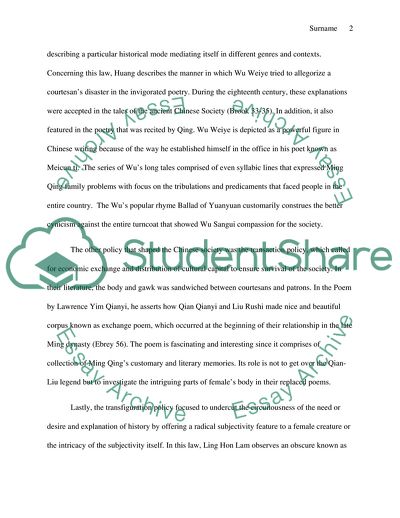Cite this document
(Traditional China Essay Example | Topics and Well Written Essays - 2250 words, n.d.)
Traditional China Essay Example | Topics and Well Written Essays - 2250 words. https://studentshare.org/politics/1763829-traditional-china
Traditional China Essay Example | Topics and Well Written Essays - 2250 words. https://studentshare.org/politics/1763829-traditional-china
(Traditional China Essay Example | Topics and Well Written Essays - 2250 Words)
Traditional China Essay Example | Topics and Well Written Essays - 2250 Words. https://studentshare.org/politics/1763829-traditional-china.
Traditional China Essay Example | Topics and Well Written Essays - 2250 Words. https://studentshare.org/politics/1763829-traditional-china.
“Traditional China Essay Example | Topics and Well Written Essays - 2250 Words”. https://studentshare.org/politics/1763829-traditional-china.


